JMM Insights: Looking to the Stars

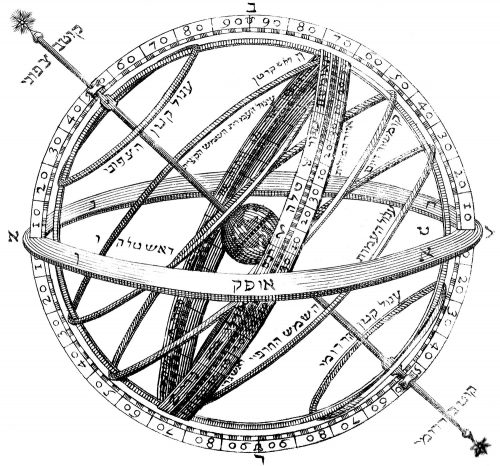
Historically, the role of religious institutions in education meant science and religion were often intertwined. In particular, because Judaism uses a lunar calendar to determine important dates like holidays, being able to observe the skies (and understand what is being seen) made astronomy an important part of Jewish religious practice.
Image: Illustration from Helek Rishon Mi-Sefer Ha-‘olamot, O, Ma’aseh Toviyah, Toviyah Kats Vinits’ah: Bi-defus Bragadin, Venice, 1707. Collections of YIVO Institute for Jewish Research.
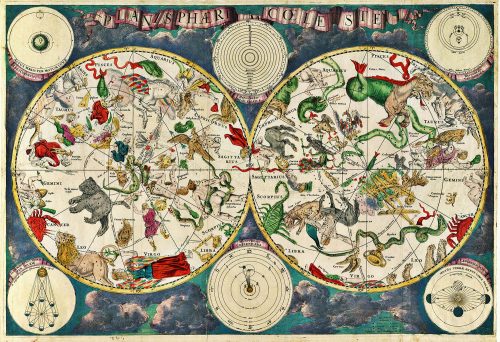
In case you missed it, or want to share the experience with friends and family, you should check out the recording of last week’s fascinating talk about Jewish thinking on extraterrestrial life (aka: Aliens!). And we’ll have the recording of last night’s How to Be Jewish in Space up soon!
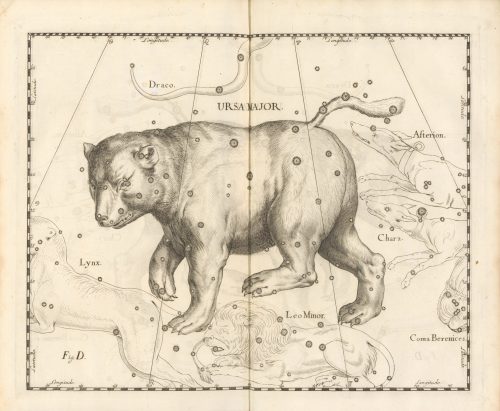
Mapping Historic Skies is an online collaboration between the Adler Planetarium’s Collections department and the Adler-Zooniverse team. With this project you will be helping real researchers learn more about a collection of historic constellation imagery!
More great family activities for learning about the skies:
Constellations Across Cultures
Making Milestones: Jewish Contributions to Space
*NEW* Star Notes – help transcribe the groundbreaking work of early women astronomers.
Bonus: Spend a little time exploring the wonderous images taken by the Hubble Space Telescope. You can even find a specific image taken on your birthday!
Exhibit Sneak Peek:
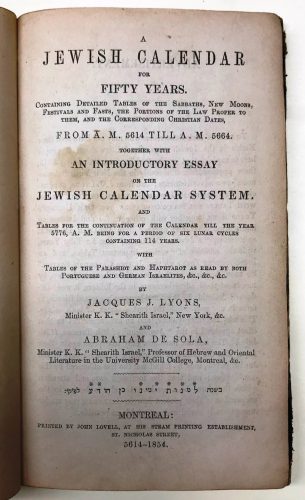
In the Jewish tradition of yahrzeit, mourners light candles on the anniversaries of the deaths of loved ones – and just like holidays, those anniversaries follow the lunar or Hebrew calendar.
A Jewish Calendar for Fifty Years, Jacques J. Lyons and Abraham de Sola. Montreal: John Lovell, 1854. Gift of Hymen Saye. JMM 1988.196.1.
A Name to Know:
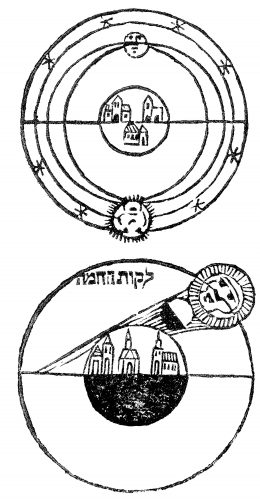
Bar-Hiyya was a Catalan Jewish astronomer (and mathematician and philosopher) born in the late 11th century. He is believed to have made the earliest introduction of Arabic algebra to Christian Europe. He was also a pioneer in using the Hebrew language for scientific purposes. You can view a digitized version of this manuscript here!
Sefer Tsurat Ha-arets by Abraham bar-Hiyya Savasorda. Offenbach: Bi-defus Bona Fentura de-lo Nai, 480 [1720]. Collections of YIVO Institute for Jewish Research.
ESTHER’S PLACE: ONLINE
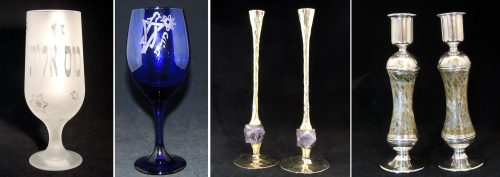
Consider updating your Shabbat table with new candlesticks or a kiddush cup. All Esther’s Place purchases help support the Museum.
Don’t see something you’re interested in at the online shop? Contact Shop Manager Chris Sniezek at csniezek@jewishmuseummd.org and let us know.
